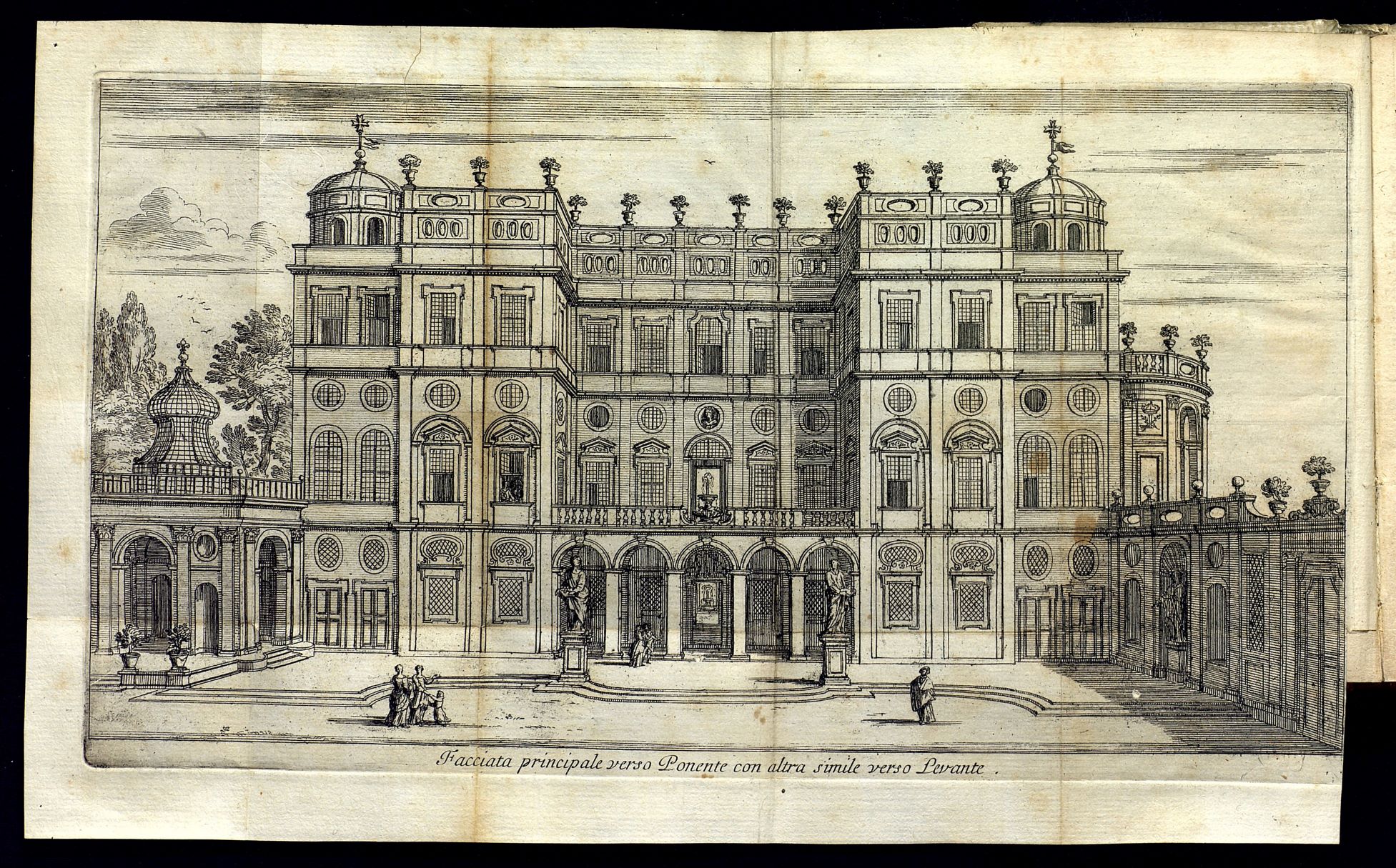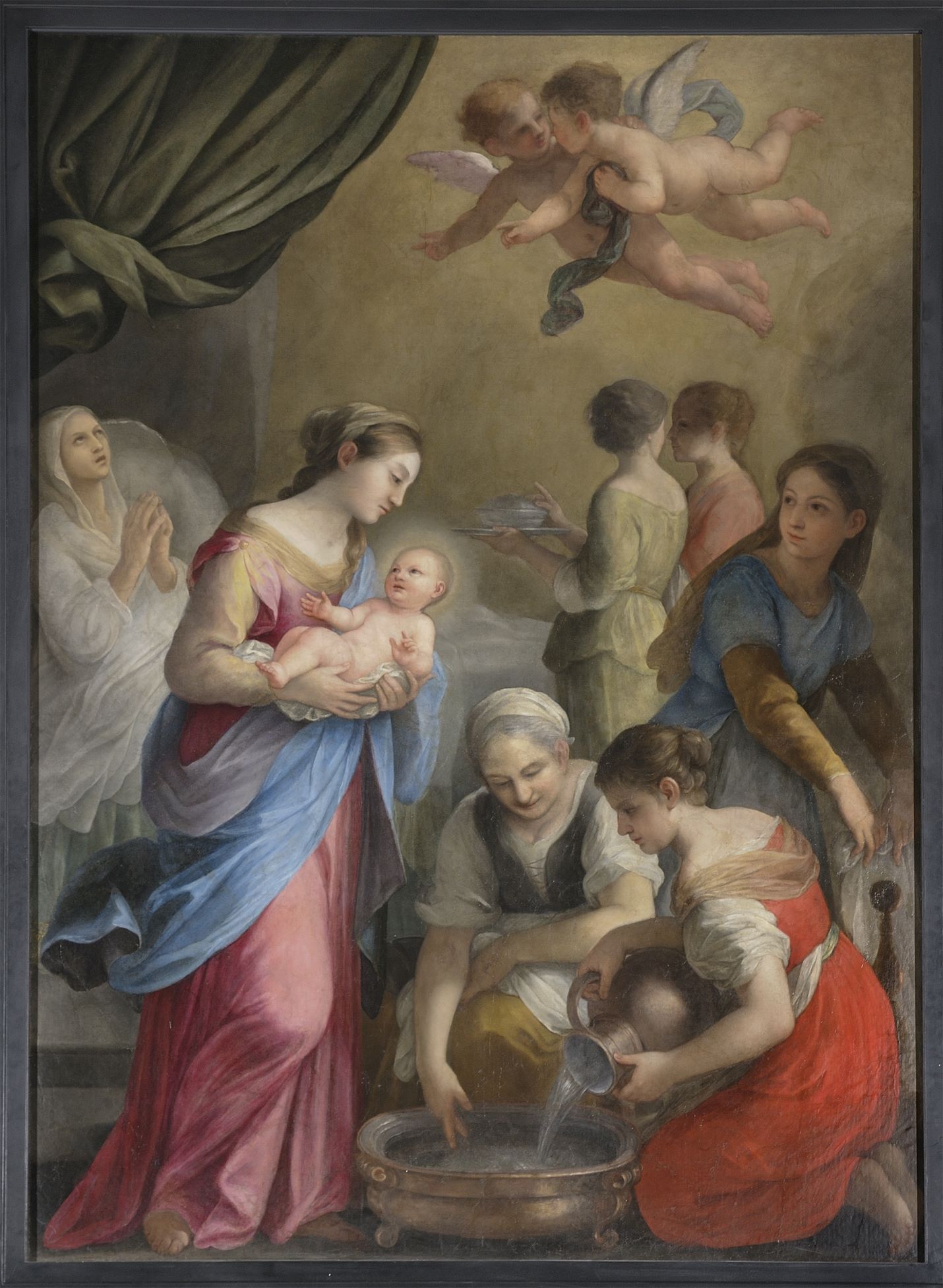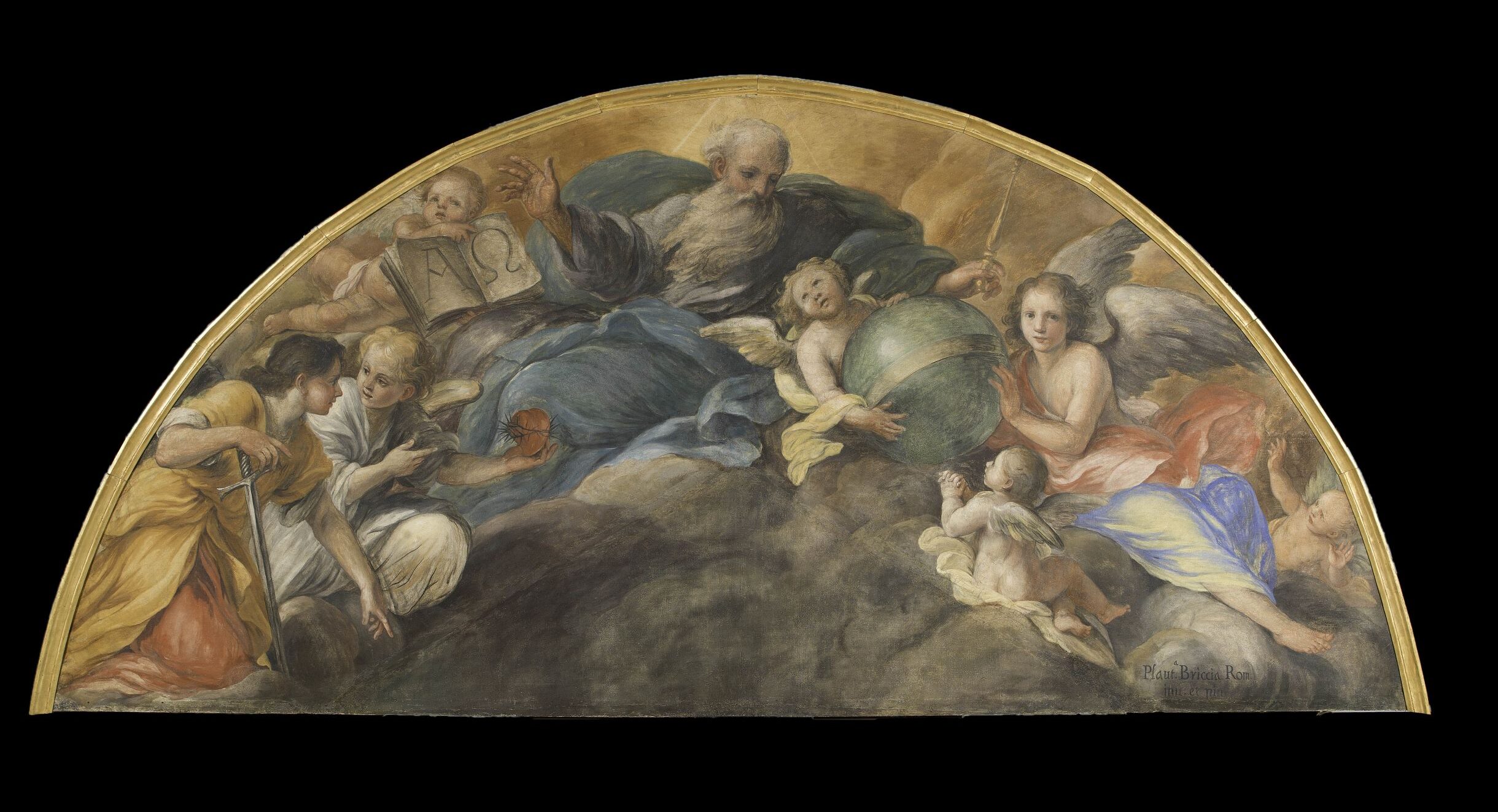Melania G. Mazzucco is one of Italy’s most distinguished and award-winning authors. She writes fiction, scholarly tomes, art historical essays, and historical novels. Her first international success was Vita (2003) about a brother, Diamante (based on Mazzucco’s paternal grandfather) and his sister Vita, who, at only ages 12 and 9, in 1930 immigrated alone to New York. That same year, 2003, Vita won the prestigious Strega literary prize and was translated into English.
Mazzucco’s scholarly art history tomes, also multi-prize-winning, are: Jacomo Tintoretto e i suoi figli: storia di una famiglia veneziana (2009) about the painter Tintoretto and his family, and Il Museo del mondo (2014), the stories of 52 masterpiece paintings. (For a complete list of the painters and the titles of their works click on www.abellarte.com and then on Il Museo del mondo.)
Her two art historical novels are La lunga attesa dell’angelo (2008) about Marietta Robusti, who was Tintoretto’s daughter, and Architettrice (2019) about Plautilla Bricci, a highly regarded Roman painter as well as Italy’s first woman architect (1616-1705).

An immediate bestseller, Architettrice was certainly the inspiration for the first monographic exhibition ever about Plautilla: A Silent Revolution. Plautilla Bricci, painter and ‘architectress’, on until April 19 in Trastevere’s newly-restored Renaissance Palazzo Corsini. Mazzucco wrote the essay “Una certa donna che vive ancora” for its splendid catalog (34.50 euros).
The majority of the approximately forty works of art on display come from museums, private collections, libraries and archives in Italy, most being in Rome: the Galleria Corsini, Galleria Spada, Palazzo Barberini, Biblioteca Nazionale, Archivio di Stato, The Vatican Library and Museums, Gabinetto delle Stampe, Istituto Centrale per la Grafica, and the Collezione Fagiolo dell’Arco.

The exhibition, divided into nine sections, begins with The Baroque en Rose about Plautilla’s early training by her father Giovanni (1579-1645), a versatile artist himself: painter, musician, amateur composer, engraver, poet, and comedian. Of particular interest is the portrait by an unknown artist possibly of Plautilla, on loan from a private collection in Los Angeles, and Allegoria dell’architettura used by Mazzucco as the cover of her novel.
The second section, Bricci’s partnership with Abbot Elpidio Benedetti (1610-1690) concerns how this factotum and confidant of the French Cardinal Giulio Mazarin (1602-1661) and an agent of the King of France, became Plautilla’s omnipresent lifetime supporter and loyal colleague. On display are magnificent clerical embroideries stitched by Elpidio’s father, Andrea, who was also an art dealer. Plautilla began her artistic career as an embroiderer in Andrea’s Roman workshop, where Elpidio also learned his trade as an art dealer and intermediary.
After Cardinal Mazarin left Rome in 1639 never to return, Elpidio nevertheless provided him with special Italian wines, elegant clothing, fine horses, furniture, and art. Probably Elpidio was the negotiator of the Cardinal’s portrait by Pietro da Cortona, painted remotely in December 1641 at the behest of Pope Urban VIII. Loaned by a private collection in Rome, it’s on display in the third section: Defying Death: Bricci’s Relationship with Cardinal Mazarin, for the first time ever. Also on display here are some preparatory drawings by Elpidio and Plautilla for Mazarin’s tomb in Paris.

In the next section, The Very Beautiful Banner, again thanks to Elpidio’s mediation, we find Plautilla’s masterpiece for the Compagnia della Misericordia in Poggio Mirteto, a village not far from Rome, where Elpidio had been born. It’s her only canvas, painted on both sides, for which we have a definite date (the 1675 Jubilee). It illustrates the birth and martyrdom of the Compagnia della Misericordia’s protector: St. John the Baptist.
By now Plautilla and Elpidio’s partnership was solidified and they worked together on plans to transform the monumental stairway on the slopes of the Pincio Hill and more, but for political reasons none of their projects, shown in Trinità dei Monti: Plans and Celebrations, were ever executed. According to the press kit, the reason was that Pope “Alexander VII (Don’t miss Bernini’s terracotta bust of him) could not bear the idea of there being a large-scale architectural project in the center of Rome that fatally resembled a celebration of Louis XIV.”
The next section, Plautilla’s Freedom: The Miraculous Icon of Santa Maria in Montesanto, is a flashback to 1640 and can be considered as being introductory to the next section, Plautilla as a Painter. The Icon of Santa Maria in Montesanto, brought her to public attention, but also changed her life. For, as the press kit tells us: “Meant to be displayed in a small chapel that no longer exists, this Carmelite icon bears young Plautilla’s signature on the back, along with the enlightening handwritten note also stuck onto the back to convey the memory of this prodigy: ‘this image was painted in 1640 by Plautilla Bricci, a spinster, who, as she herself often told our fathers, having erroneously shaded some parts of the Madonna’s face because she had never before painted it on a large scale, found it miraculously perfected.’” Thus Plautilla, convinced of divine intervention, immediately took a vow of chastity, perhaps to avoid an arranged marriage or simply to have the freedom to paint.

Plautilla’s life-changing canvas is on display in Plautilla: The Painter. Again the press kit tells us that Plautilla “was publicly consecrated as a painter in the 1660s, when by then in her fifties, she received two important commissions for the complex of San Giovanni in Laterano: a large tempera lunette, “The Presentation of the Sacred Heart of Jesus to the Eternal Father (1669-74)” on loan from the Vatican Museums and displayed here for the first time; and the lost canvasses with Saint Francis and Saint Dominic for a series of grisaille in the complex’s Oratorio del Santissimo Sacramento. Also on display here are the altarpiece depicting St. Louis, in Rome’s French church of San Luigi dei Francesi (1676-1680) at the center of the chapel that she’d designed for Elpidio; and, again thanks to Elpidio’s support, her “Madonna of the Rosary” on loan from the Cathedral in Poggio Mirteto. It’s her last, currently known painting (1683-1687).

Plautilla, the Architect: Villa del Vascello is the exhibition’s last section. We know that again thanks to Elpidio, Plautilla established herself as an architect, a field reserved up to then only for men, and became known as “Architettrice” (like the title of Mazzucco’s volume).
She worked on Villa Benedetti (also known as Villa Vascello, or the “Ship” Villa) outside Porta San Pancrazio, at the top of the Janiculum Hill beginning in 1662-1663. This bizarre edifice, which resembled a ship on the top of a cliff, was Plautilla’s most notable achievement. Sadly, it was almost completely destroyed in 1849 by the cannon fire of the French army defending Pope Pius IX against Garibaldi’s freedom fighters seeking to unify Italy.
On display here are a few of Plautilla’s surviving preparatory drawings and works by later artists showing the ruins of what was to have been her architectural masterpiece.
The exhibition owes part of its title, “the silent revolution,” to the meeting of Plautilla’s rare artistic talent with her enlightened sponsor, Elpidio Benedetti, who was willing to offer constant encouragement and protection to the woman, who, at least from 1655 on, had become his “resident artist”.












